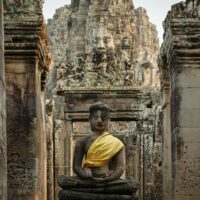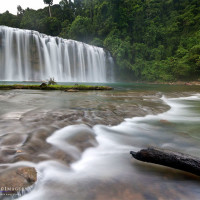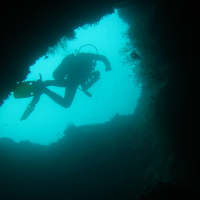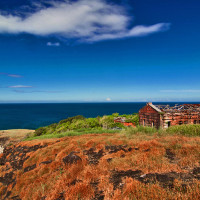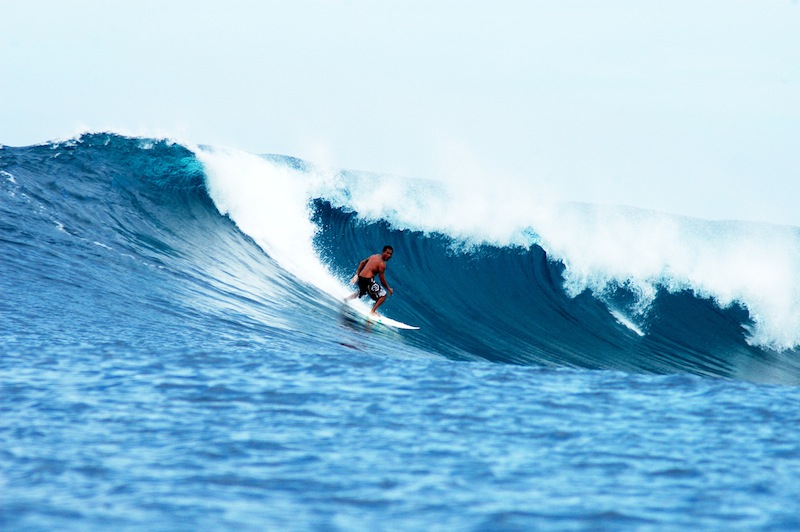
The Philippines has innumerable surfing destinations – Siargao in Surigao, Baras in Catanduanes, Baler in Aurora, Calicoan Island in Eastern Samar, Pagudpud in Ilocos Norte, San Juan in La Union, Lanuza Bay in Surigao del Sur, Cabugao in Ilocos Sur, San Narciso and San Antonio in Zambales and Daet in Camarines Norte.
Surfers from all over the world have at one time or another graced these surfing havens. One of the most popular among local and international surfers is Baler found in the province of Aurora, located roughly 230 kilometers northeast of Manila via a mountain range and is accessible by bus or private vehicles. Baler Bay is famous for its gigantic 2.7 meter high waves making it the main tourist asset drawing surfing crowds from September to February – the surfing season in this part of the Philippines.
How Surfing in Baler Came to Be
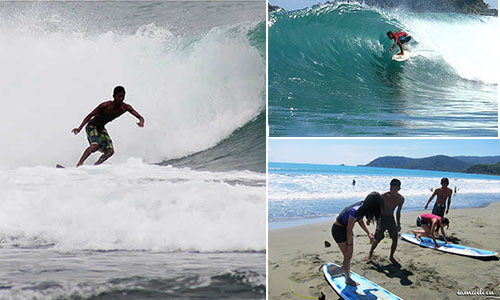 Baler is a haven for surfers, having a long coastline fronting the Pacific Ocean. Surfing in Baler was once features through the classic film Apocalypse Now featuring soldiers surfing in Aurora. In fact, after filming the scenes, the production crew left the surfboards behind for the local residents to use. That apparently inspired the local residents. Today, Baler has become home to one of the oldest surf communities in the country. Local residents even claim that the waves are sometimes so huge that they could hear it from about 1.5 kilometers away from the coast.
Baler is a haven for surfers, having a long coastline fronting the Pacific Ocean. Surfing in Baler was once features through the classic film Apocalypse Now featuring soldiers surfing in Aurora. In fact, after filming the scenes, the production crew left the surfboards behind for the local residents to use. That apparently inspired the local residents. Today, Baler has become home to one of the oldest surf communities in the country. Local residents even claim that the waves are sometimes so huge that they could hear it from about 1.5 kilometers away from the coast.
The popularity of surfing in Baler was given birth from the 3-day surfing competition during the annual Aurora Surfing Cup held 1997, wherein surfers from the different parts of the country and of the world became drawn of riding the waves at Baler.
Surfing Points in Baler
While surfing points abound in Aurora, the municipality of Baler offers the most accessible surfing points with good accommodations. Some of the great surfing areas in Baler include:
Sabang Beach.
Early mornings will give you glassy waves left and right. This is a good surfing site for beginners. From March to June, relatively calm waves provide a nice beachfront scene for swimmers and windsurfers. October to February is when the large waves show up.
Cemento Beach.
The stretch of Cemento Beach is lined with white sand, seashells and carpet-like crushed corals. Waves that tower up to 14 feet high are normal from October to February. These huge waves are for a more challenging surfing experience which European, Japanese and Australian experts can attest. This area is recommended for expert or professional surfers due to the waves breaking at the sharp reefs.
This place was featured in the Francis Ford Coppola’s classic film, Apocalypse Now where Charlie, a character in the movie was told, “Charlie, don’t surf there.” The place has since been named Charlie’s Point, known for its medium-quality right and left break waves on sand or gravel bottom. Best waves come from December to January.
Lindy’s Point.
This is found further north of Sabang Beach, a relatively newly discovered surfing spot. Tall waves resulted from the opening up of the mouth of Baler Bay to the town river to prevent floods during the rainy season. Strong, sharp break waves formed as the waters coming from the river and the Pacific Ocean clash to produce such tall waves.
Surfing Season
Generally the best waves in the Philippines come in from October to February, when the northeast monsoon blows down from China. In contrast, the hot summer months of May to early June make way for relatively calm sea breeze, producing small waves, which are ideal for windsurfing, diving and snorkeling.
So, if you’re up for some action packed surfing session with a touch of picture perfect view, Baler is a good choice. Baler in Aurora is just one of the most visited surfing sites in the Philippines. As mentioned above, there are other surfing sites in the Philippines where both local and foreign tourists go.



